Liner Notes
The Year That Was: 1969
by Benjamin Ray
What was the greatest year for music? 1956 and the rise of rock and roll? 1967 and the Summer Of Love? 1977 and the punk revolution? 1991 and the alternative/grunge revolution? You could make a case for all of these, but certainly 1969 has to be in the discussion.
Rock and pop had been expanding its boundaries since the mid-‘60s, with the Beatles pushing to new heights and the Beach Boys, Rolling Stones, Motown groups and Jimi Hendrix following suit. By the end of the decade, it was in vogue to try just about anything regardless of song length or the conventions of normality. This resulted in some unlistenable crap, of course, but it seemed that bands could just about do anything and sell records, and that spirit of ambition would largely be forgotten in the two decades to follow.
What did 1969 bring us, besides Woodstock and the moon landing? The Who's Tommy, a "rock opera" that is more of a song cycle but nevertheless became the band's calling card, elevating their performances to art. Sly & the Family Stone's funky Stand!, with the simple acceptance plea of "Everyday People." Neil Young breaking free from Buffalo Springfield with Everybody Knows This Is Nowhere and two ten-minute epics, plus the catchy "Cinnamon Girl." The resurgence of Johnny Cash continuing live At San Quentin and Bob Dylan coming back with Nashville Skyline.
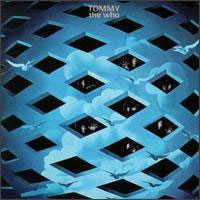
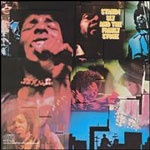
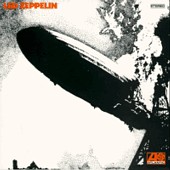
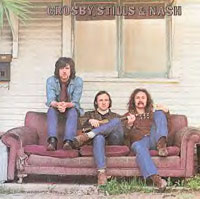
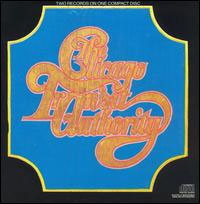
This was the year of so many fantastic debuts that it's hard to keep track. Led Zeppelin blazed onto the scene with their first two self-titled records, delivering a shot to rock music with "Whole Lotta Love," "Communication Breakdown" and "Babe, I'm Gonna Leave," as well as a number of blues covers (some of which were credited properly). Years later, these albums still sound utterly original and fantastic. On the complete opposite end was The Band and Crosby, Stills & Nash, which spoke to the former hippies who were growing up and yearning for peace and domestication. Then there was the wonderful The Allman Brothers Band and Chicago Transit Authority, which competed with this year's Blood, Sweat & Tears for how to best incorporate horns into rock music (the former won handily).
The Beatles, knowing the end was near, regrouped and poured their heart into Abbey Road, which was preceded by the Yellow Submarine soundtrack and a handful of decent singles, not to mention John Lennon's own "Give Peace A Chance." Cream bowed out with Goodbye, Isaac Hayes had "Walk On By" and the Rolling Stones delivered their most assured, decadent record to date, Let It Bleed, which offered the anti-war "Gimme Shelter" and the magnum opus "You Can't Always Get What You Want."
Detroit, having been home to Motown for many years, also had a nascent rock scene that would prove highly influential. Playing at the Grande Ballroom, proto-punk bands MC5 offered the debut Kick Out The Jams and the Stooges (with Iggy Pop) the self-titled album that was dumber, cruder and sweatier than most anything in popular music to that point; it would inspire legion of punk bands a decade later. Mott The Hoople was along the same lines, with some slight Dylan overtones. Motown, meanwhile, had Stevie Wonder's "My Cherie Amour," the Jackson 5's "I Want You Back," Marvin Gaye's "I Heard It Through The Grapvine" and the Supremes' "Someday We'll Be Together," but that was about it.
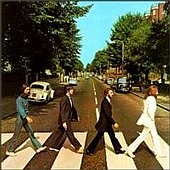


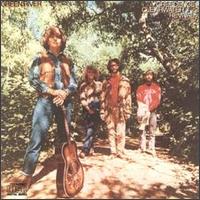
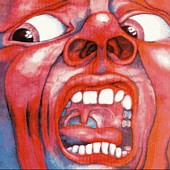
The bluesy, blue-collar Michiganders Grand Funk Railroad offered their debut, Fleetwood Mac had its best early offering Then Play On, Creedence Clearwater Revival somehow put out three good albums, Jethro Tull released Stand Up and the Steve Miller Band, which was still in spaced-out rock mode at this point, put out Brave New World. The Doors were about the only band that offered a subpar album this year, dropping the turgid horn-grafted The Soft Parade, although the Beach Boys' dull 20/20 made it abundantly clear that there was trouble with Brian Wilson's songwriting and mental health capabilities.
A new subculture of rock started in 1969 that would draw huge record sales and equal amounts of critical scorn; these were the progressive rockers who took experimentation to new heights with overlong, complex songs with fantasy and classical music overtones. Debuts included Yes and King Crimson's In the Court Of The Crimson King, with offerings also coming from Pink Floyd (Ummagumma). The Moody Blues, who learned more toward the psychedelic end of things, put out two records and Frank Zappa put out the very good Hot Rats, a departure from his sound to that point.
The hit singles of the year were varied and interesting: Norman Greenbaum's "Spirit In The Sky," Rare Earth's "Get Ready," David Bowie's "Space Oddity" (a great song from a mediocre album and the true starting point of his career), Elvis' "Suspicious Minds," Shocking Blue's "Venus," Neil Diamond's "Sweet Caroline," Frank Sinatra's "My Way," Steam's "Na Na Hey Hey (Kiss Him Goodbye)," Nilsson's "Everybody's Talkin'," Badfinger's "Come And Get It," Spiral Starecase's "More Today Than Yesterday," the Youngbloods' "Get Together," BJ Thomas' "Hooked On A Feeling," Santana's "Evil Ways" and the Guess Who's "Laughing" and especially "Undun." Oh, and the Archies, oblivious to anything current, offered "Sugar Sugar," possibly the worst pop hit of the year next to "In The Year 2525."
And that, friends, was the Year That Was in music.